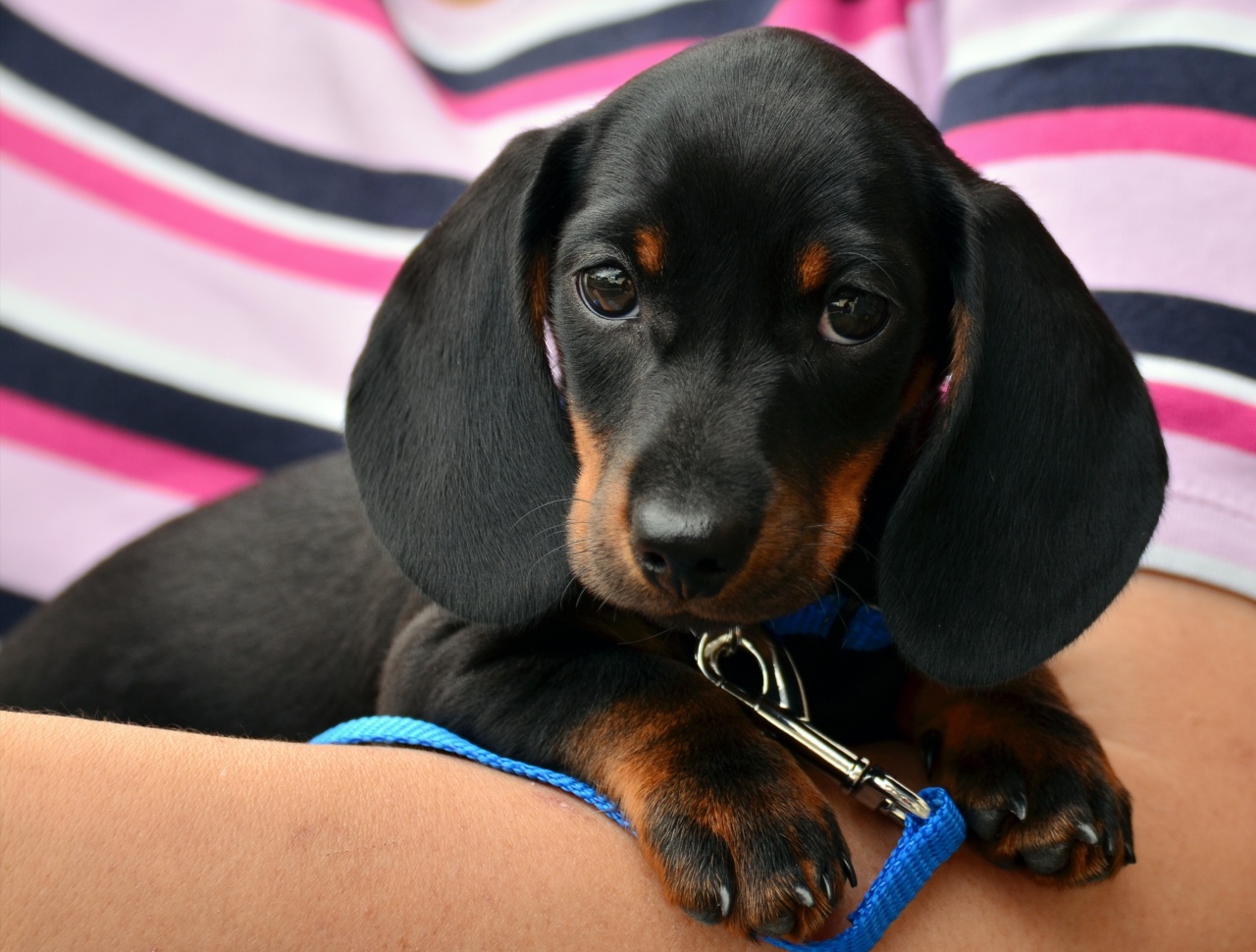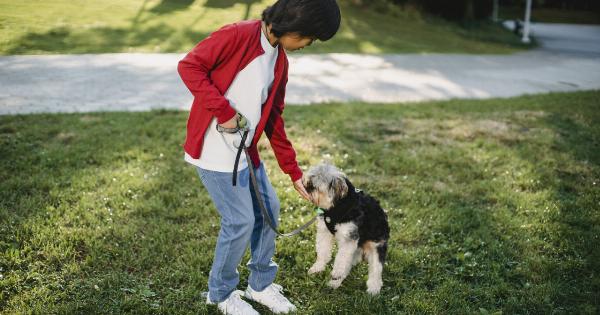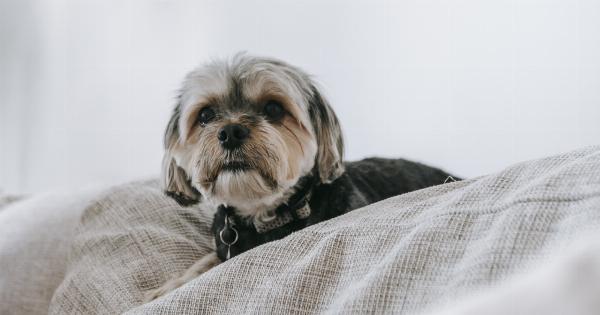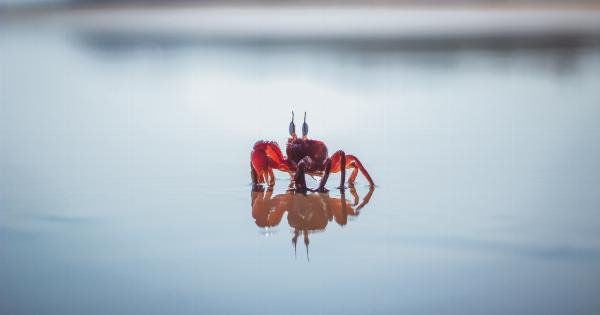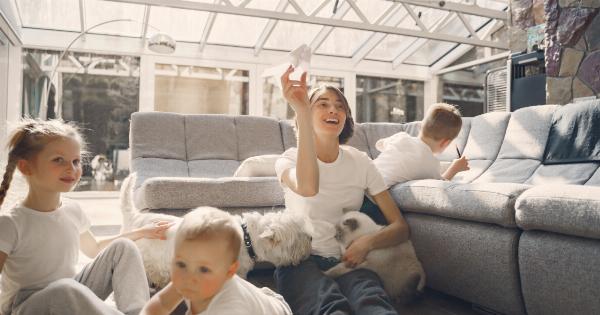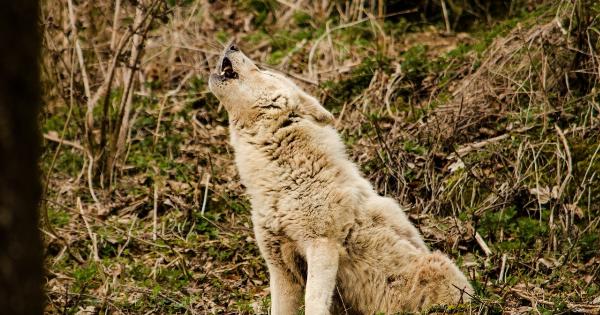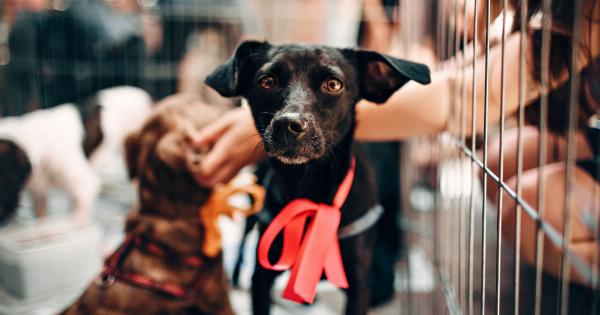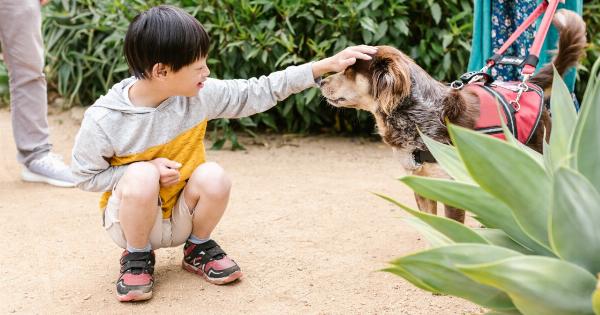Bringing a new baby home is an exciting time, but it can also be a period of adjustment for your furry friend. Dogs are pack animals and may feel anxious or confused when a new little member joins the family.
However, with proper preparation and gradual introductions, your dog and baby can become the best of friends. In this article, we will discuss some tips and strategies to help you introduce your dog to your new baby in a safe and positive way.
Preparing Your Dog in Advance
Preparing your dog for the arrival of your new baby should begin before the baby comes home. Dogs are sensitive to changes in their environment, so it’s important to gradually introduce them to the concept of a new family member.
Here are some steps you can take to prepare your dog:.
1. Maintain Consistency
Keep your dog’s routine as consistent as possible. Dogs thrive on structure and knowing what to expect. Try to stick to their usual feeding, walking, and playtime schedules to minimize any additional stress.
2. Familiarize Your Dog with Baby Items
Introduce your dog to the sight and smell of baby items well in advance. Let them explore the baby’s room, sniff the blankets, and become accustomed to the new scents.
This will help them adjust to the changes gradually and reduce anxiety when the baby arrives.
3. Implement Obedience Training
If your dog doesn’t already have basic obedience training, now is the time to start.
Make sure they respond reliably to commands like “sit,” “stay,” and “leave it.” Having control over your dog’s behavior is crucial when introducing them to a baby.
4. Set Boundaries
Establish boundaries for your dog well before the baby arrives. For example, if your dog isn’t allowed in certain rooms or on furniture once the baby is here, start enforcing those rules in advance.
This will prevent any confusion or resentment towards the baby later on.
Gradual Introductions
Once your baby arrives, it’s important to introduce them to your dog in a slow and controlled manner. Here are some steps to follow:.
1. Initial Introduction
When you bring your baby home, set up a controlled meeting between your dog and the baby. Have a family member or friend hold the baby while you bring your dog into the room on a leash.
Maintain a safe distance at first and allow your dog to calmly sniff the baby’s feet or clothes. Reward your dog for calm behavior with treats and praise.
2. Positive Associations
Create positive associations by rewarding your dog every time they come near the baby or demonstrate calm behavior. This will help them associate the presence of the baby with positive experiences.
Gradually decrease the distance until your dog can be in close proximity to the baby without any signs of aggression or anxiety.
3. Supervise All Interactions
Never leave your dog and baby alone unsupervised, especially in the early stages of their relationship. Accidents can happen, and it’s essential to be present and ready to intervene if necessary.
Maintain control by using baby gates or crate training if needed, ensuring your dog and baby’s safety.
4. Observe Body Language
Pay close attention to your dog’s body language during interactions with your baby. Signs of stress or anxiety include panting, yawning, tail tucking, and growling.
If you notice any concerning behaviors, separate them immediately and consult a professional dog trainer for guidance.
Building a Positive Association
As your baby grows, you can help foster a positive relationship between them and your dog by following these steps:.
1. Involve Your Dog in Baby Activities
Include your dog in daily baby activities, such as supervised playtime or walks together. This will help your dog feel included and strengthen the bond between them and your baby.
2. Offer Rewards and Praise
Continue rewarding your dog for positive behavior around the baby. This reinforcement will create positive associations and encourage your dog to view the baby as a source of good things.
3. Teach Respect and Gentle Interactions
Teach your baby how to interact gently with your dog from an early age. Show them how to stroke the dog gently and avoid pulling on their tail or ears. This will prevent any accidental harm and help your dog feel respected.
4. Provide Individual Attention
Ensure your dog continues to receive individual attention and quality time with you. Set aside dedicated playtime or cuddle sessions to avoid jealousy and reinforce their bond with you, even with the baby present.
Conclusion
Introducing your dog to your new baby requires patience, planning, and careful supervision. With proper preparation and gradual introductions, you can help your dog and baby establish a loving and harmonious relationship that will last a lifetime.
Remember to prioritize the safety and well-being of both your dog and your baby throughout this process.
